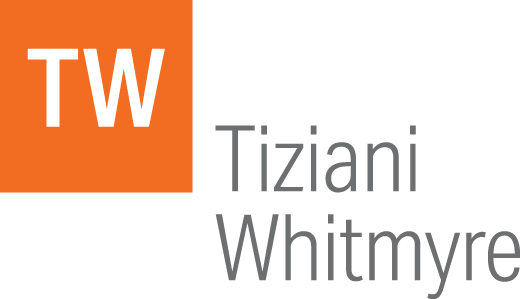Intent Data: Why Use It?
Third-party intent data represents an exciting opportunity to strengthen and accelerate account-based marketing (ABM) strategies. In a recent study, marketers cited improving lead quality, enhancing customer experience, and increasing campaign ROI as the three leading benefits of integrating intent data in their program mix. Other benefits included:
- Gaining a head start on the competition. You can get in front of potential client companies earlier in their buying journeys — intercepting them before they start investigating competitors.
- Matching purchasers with the content they need during each stage of their buying process. Intent data shows the topics a company’s buyers are researching, enabling better education and nurturing of prospects.
- Creating prioritized lists of company leads based on their research activity levels. Now sales development representatives (SDRs) and field sales managers can get prioritized lists of companies conducting active research on specific topics. This enables a more focused sales approach and personalized outreach to the accounts most likely to buy.
- Employing a targeted advertising strategy based on data. Using intent data, topically relevant advertising campaigns can be focused on the most interested accounts — increasing efficiency and effectiveness.
- Supporting channel partner’s sales efforts: With intent data, a supplier can focus distributors’ and channel partners’ sales representatives on accounts most likely to purchase.
Overall, third-party intent data helps focus marketing resources on active buyers. It can increase numbers of qualified leads, shorten sales cycles, and boost close rates.
For a more detailed review of intent data use, download our eGuide, Intent Data: An Exciting Step Forward in Active Buyer Identification.
References
- The Outlook on Intent Data, Ascend2, April 2022.
- What’s Working in Intent-Based Strategies, DemandGen, March 2022.


